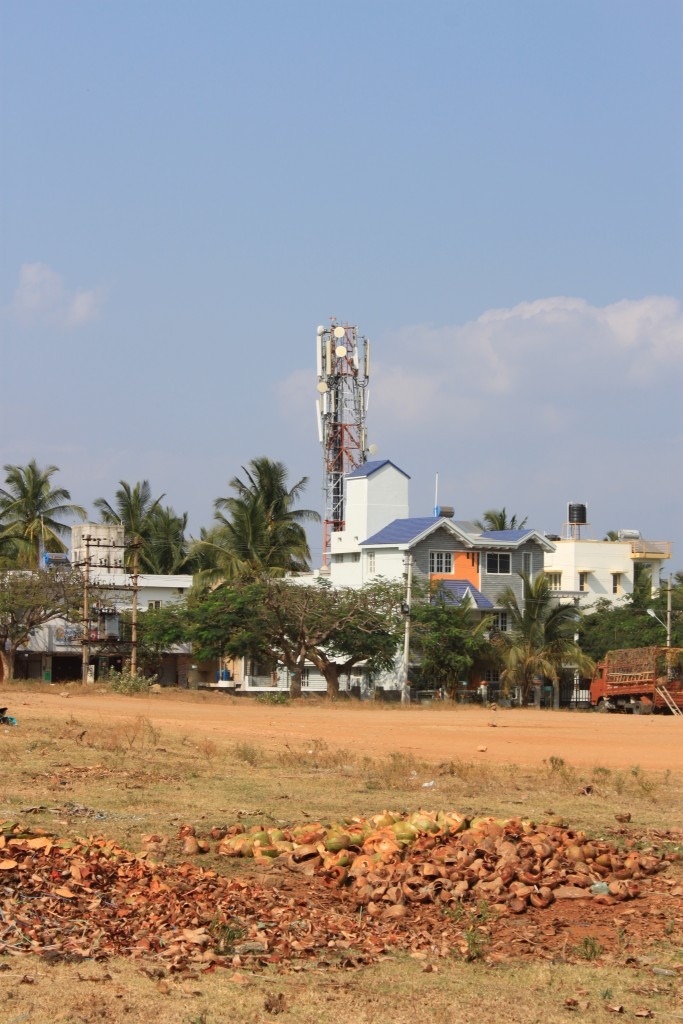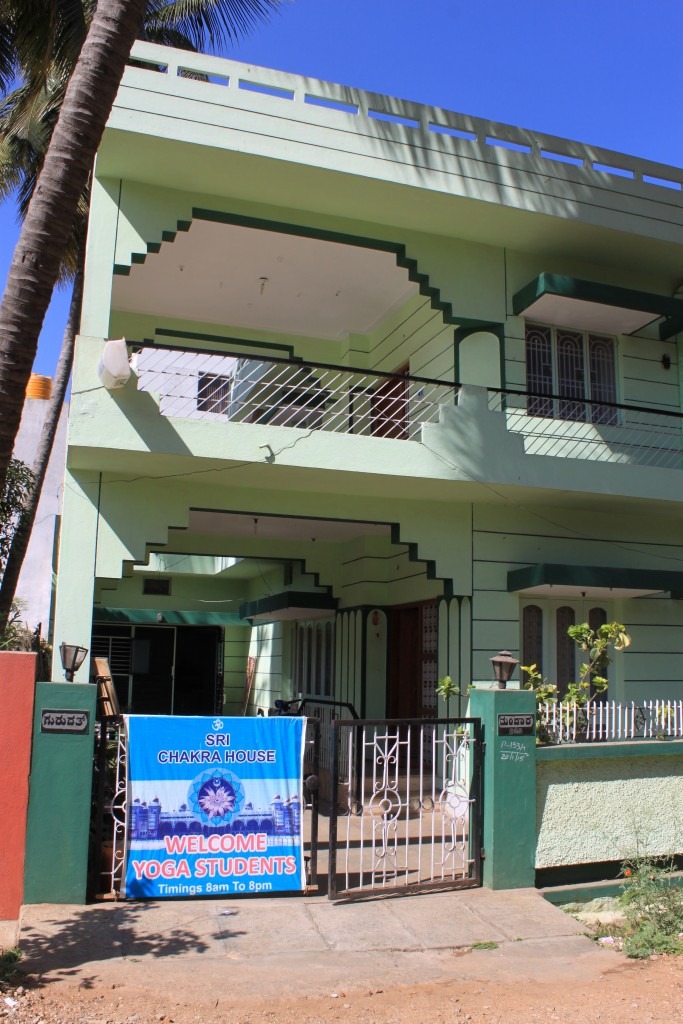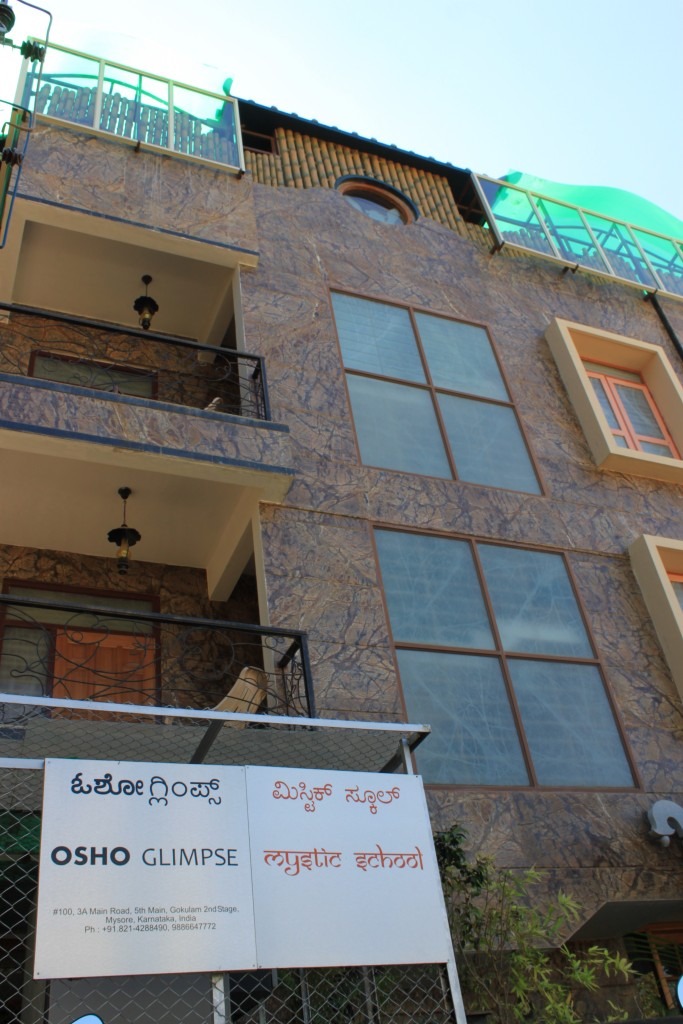A few of my upcoming blogs are going to be simply photo blogs. Pictures speak a thousand words








A few of my upcoming blogs are going to be simply photo blogs. Pictures speak a thousand words








I woke up late this morning, but got to the shala at about 5:15. Saraswathi asked me to be there at 4:30, but she doesn’t care as long as I can find a space to practice. I always start in child’s pose. Today I made a dedication, something I don’t normally do in my own … Read more
Today I woke up at 6:30 to move across town to Gokulam, a section of town in the Northwest of Mysore. It was an easy move and the place where I am staying is only about $100 a month. Pretty sweet deal, but no internet or TV. So I will be spending most of my … Read more
The origins of yoga date back to the beginning of civilization (read my article here) We live in a world that is highly evolved and diversified; yoga is no exception. Yoga has evolved rather quickly, since Krishnamacharya trained Iyegnar and Jois in the 1930s and 40s. With the astounding rise of the popularity of yoga, … Read more
For the last five days I’ve taught an hour and a half class at the studio. It’s been a great experience, one where I’ve really gotten to know myself as a teacher in a new way. I’ve realized that I like to practice before I teach. It puts me into my body so that I … Read more
http://youtu.be/ZUcLbl1K7vg
I put together a video two days ago that I thought was pretty cool. I just wanted to record about 20 minutes of video, and honestly kind of forgot about the camera. But apparently, 18 minutes of video is a lot of data so I had to compress the video down to 15. I wish I had video editing software…so I am working on a couple things to improve the quality of my videos: 1 get a GoPRO and 2 get video-editing software to speed up the videos. Hope to have both done within the month.
I am also working on some instructional videos. If you have any requests for poses, post a comment and I’ll do a video on it. Let me know what you think of my post-yoga practice and stay tuned for more…
This is one of my favorite poses, also known as the Scorpion pose. In Sanskrit, this pose is Vrschikasana, literally meaning scorpion posture.
This pose begins in Pincha Mayurasana, or peacock posture, then the legs extend over the head until eventually, they connect with the top of the head. I have only been doing this posture for about 6 months, so I have a lot of progress yet to make before my feet touch my head.
This pose vigorously tones the muscles surrounding the spine, including the abdominals, serratus muscles, and latimus dorsi. The spinal erectors, internal/external obliques, the muscles of the psoas, and the quadriceps are all at work here. Not to mention the lift of the pelvic floor and inversion of the breathing system. The benefits are enormous.
The psychological benefits of the pose are also mentioned by Iyengar in his book, Light on Yoga. He talks about the feet reaching towards the head as development of humility, which is something that I resonate with. There is a long path for the yogi to reach such a destination and it is not something to brag about, but simply to enjoy for yourself. I am looking forward to a long journey with Scorpion pose because honestly, it feels amazing on the lower back and frees my hips and spine. Control of the breath is key in the posture, leading to a pure and enjoyable relaxation as one rejoins the normal flow of gravity in the body.
The things I remind myself while in the posture are to create length in the front of the body and to reach up and over my head with my feet. It’s a pretty awesome experience, but took about 4 years of practice to get to that point. Its requires a tremendous amount of breath control to breath normally while inverted and hold the posture, so activate a strong Ujjayi before going into peacock. I use the hands to press into the floor and activate my shoulders and triceps which cascades up into my back and hips. Everything lifts in unison as you kick up and then internal muscles stabilize to keep the entire body lifted. The majority of my focus is on my hands, and when I feel completely stable, I begin to move my legs and attend to the tightening of my abdominals around my spine so that they can lift my legs up and over.